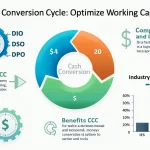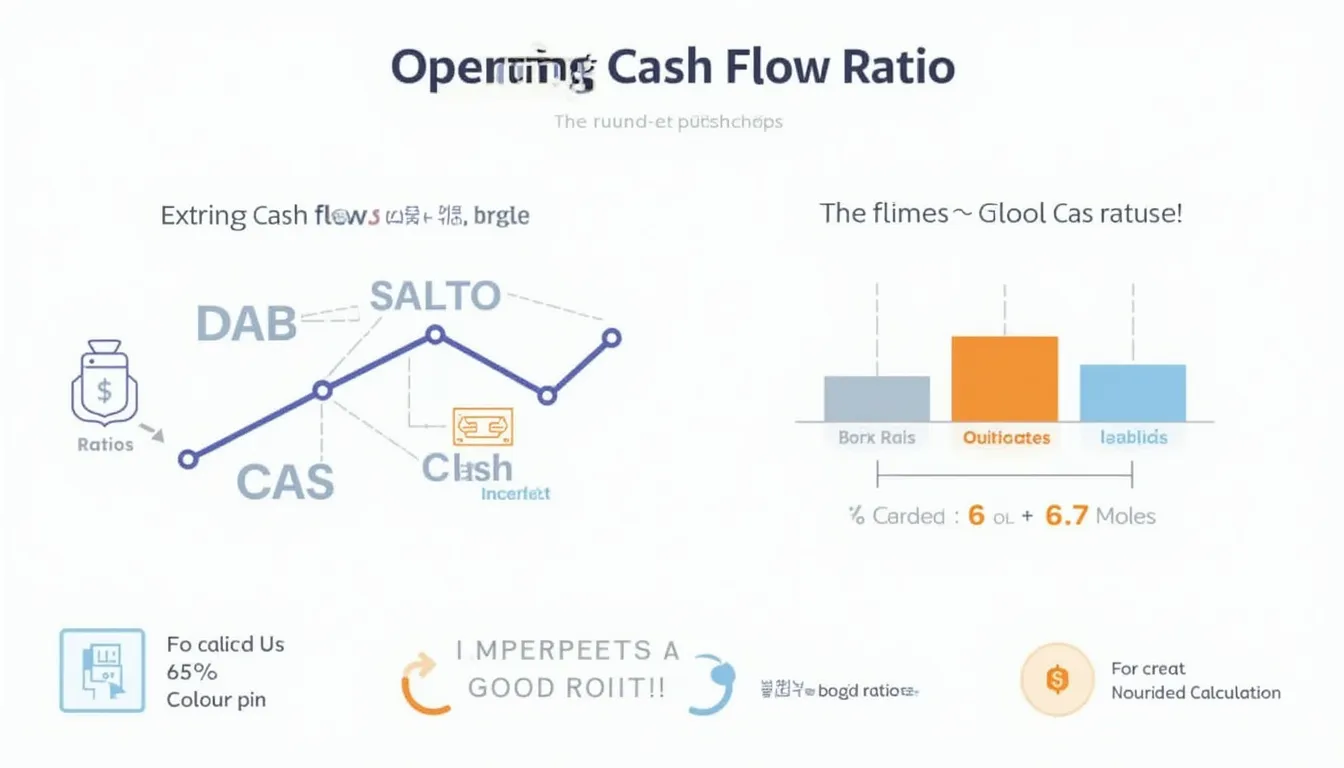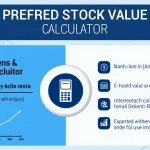Dividend Yield Calculator
Is this tool helpful?
How to use the tool
- Enter Dividends for the Period – key in the cash paid per share. Example inputs: 3.25 USD or 0.60 USD.
- Enter Initial Stock Price – the share price at that period’s start, such as 65.00 USD or 22.40 USD.
- Press “Calculate” – the script applies the formula below and shows the percentage yield.
Formula
$$ \text{Dividend Yield} = rac{\text{Dividends for the Period}}{\text{Initial Stock Price}} \times 100 $$
Example A
- Dividends = 3.25
- Price = 65.00
Yield = (3.25 / 65.00) × 100 = 5.00 %.
Example B
- Dividends = 0.60
- Price = 22.40
Yield = (0.60 / 22.40) × 100 = 2.68 %.
Quick-Facts
- Average S&P 500 dividend yield: 1.6 % (S&P Dow Jones Indices, 2023).
- Attractive yield range for mature firms: 2-6 % (Morningstar, 2023).
- Over 80 % of U.S. companies pay dividends quarterly (Investopedia, https://www.investopedia.com/dividend-frequency-4689733).
- Qualified U.S. dividends face 15 % or 20 % federal tax rates (IRS Pub 550, 2023).
FAQ
What is dividend yield?
Dividend yield equals annual cash dividends per share divided by the current share price, expressed as a percentage (Investopedia, https://www.investopedia.com/terms/d/dividendyield.asp).
How does yield differ from payout ratio?
Yield measures investor return, while payout ratio compares dividends to company earnings; a 50 % payout indicates half of profits returned to shareholders (SEC, https://www.sec.gov/education).
When does a high yield signal risk?
Yields above the industry average by >2 percentage points often reflect falling prices or unsustainable payouts, a classic “yield trap” indicator (Morningstar, 2023).
How often can companies change dividends?
Boards may alter payouts each declaration date; the median S&P 500 firm reviews dividends quarterly (S&P Global, 2023).
Can I compare yields across currencies?
Yes—use the same currency for both dividends and price or convert one using the spot FX rate to keep yield accurate (OECD Exchange Rate Tables, 2023).
Do taxes reduce my dividend yield?
Effective yield falls by your marginal tax rate: a 4 % pre-tax yield becomes 3.4 % after a 15 % qualified-dividend tax (IRS Pub 550, 2023).
How did dividends contribute to long-term returns?
“Dividends have historically accounted for nearly one-third of equity total returns” (Hartford Funds, 2023).
Is dividend yield useful for ETFs and REITs?
Yes; apply the same formula to fund distributions or REIT payouts, but review yield against sector norms—e.g., equity REITs averaged 3.6 % in 2022 (Nareit, 2023).
Important Disclaimer
The calculations, results, and content provided by our tools are not guaranteed to be accurate, complete, or reliable. Users are responsible for verifying and interpreting the results. Our content and tools may contain errors, biases, or inconsistencies. Do not enter personal data, sensitive information, or personally identifiable information in our web forms or tools. Such data entry violates our terms of service and may result in unauthorized disclosure to third parties. We reserve the right to save inputs and outputs from our tools for the purposes of error debugging, bias identification, and performance improvement. External companies providing AI models used in our tools may also save and process data in accordance with their own policies. By using our tools, you consent to this data collection and processing. We reserve the right to limit the usage of our tools based on current usability factors.







